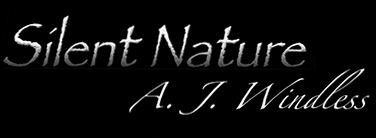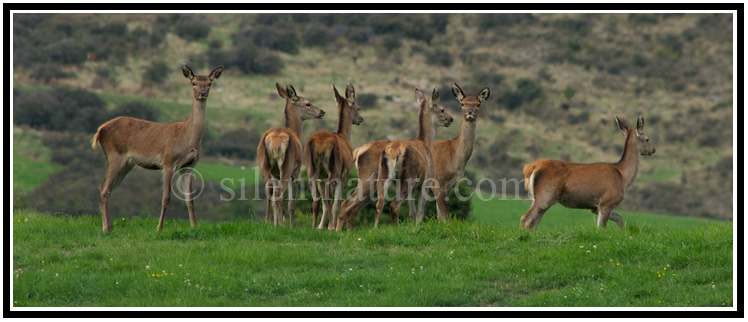| |
|
|
Deer are not native to New
Zealand. You will find herds of Red Deer scattered throughout the land,
but the introduction of deer into New Zealand was partly the result of
nineteenth century class consciousness. In Great Britian one of the things
that most distinquished the wealthy from the poor was the ownership of
land. Most British people immigrated to New Zealand to gain ownership of
land and with it a higher status in society. Since free land was offered
to motivate British subjects to move to New Zealand, land ownership
became quite common, and those who were wealthy sought other ways to
distinguish themselves. In the mother country hunting was a leisure
activity afforded only to the wealthy. The wealthy in New Zealand wanted
to bring that social distinction to their new society. In the nineteenth
century, what better way to demonstrate your wealth, than to show that you
could afford the luxury of paying for the passage of deer on a ship from
England to New Zealand? Where I come from, in the United States, it is illegal
to sell venison, and all forms of wildlife are closely
regulated. In New Zealand not only is venison offered in restaurants, but
there is a deer farming industry, with large herds of captive deer grazing
in green pastures like fenced-in cattle. Perhaps the difference in the
regulation of the two countries lies in the fact that deer are not
indigenous to New Zealand. I am surprised that the deer don't make more of an
effort to hop the fences and escape. In my home state I have seen
whitetail deer effortlessly hop over fences as high as most of the fences
I have seen on the South Island. I asked one of the farmers about it and
he indicated that these deer have lived all their lives on the farm and
have known nothing of life outside the farm. One might be able to classify these deer as "domestic",
but that doesn't make them "tame". To the contrary, I often found both the
captive deer and the sheep in New Zealand surprisingly skittish and
afraid. Perhaps the sparseness of the human population on the South Island
made the animals unaccustomed to being around people. At first I wondered
if poaching accounted for the fear (or should we call it "rustling"
instead of "poaching"?) After I heard multiple gun shots midday in
an area that was covered with nothing but farms and vineyards, I began to
wonder if some of the farmers themselves brought the animals to market by
shooting them out of the fields. It was always difficult to get a photo of the deer on
the farms without a fence, either in front of you, or running along behind
the deer, not to mention farm buildings and other distractions. Here the
deer were on the side of the hill, making good composition a little easier
to create. These deer had been lower and closer to the fence, but the
instant I stopped my car they quickly shuffled away to the top of this
ridgeline. In their body posture you can read, that although they are farm
animals, they are still quite uneasy and very much on the alert. |
|
|
|

